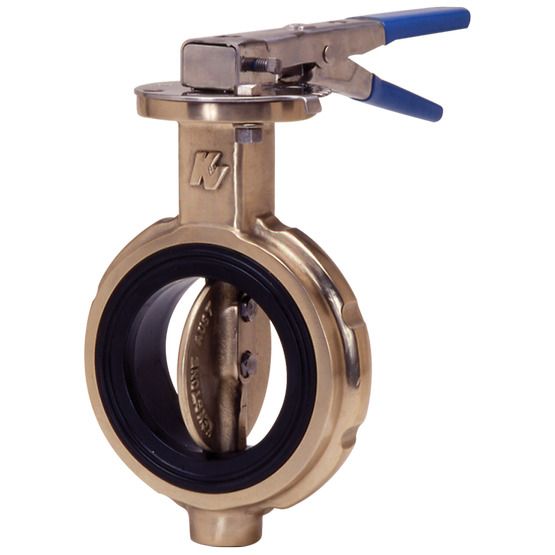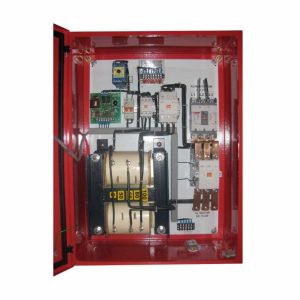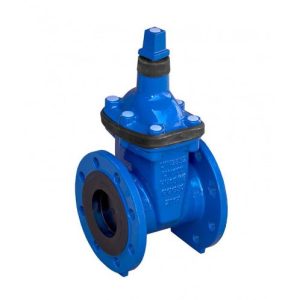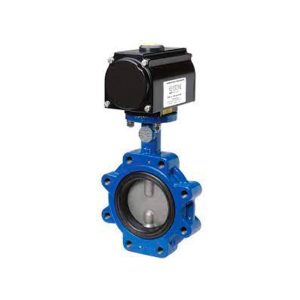Keystone Butterfly Valve – (Accessory) Stainless Steel
All stainless steel butterfly valves, specially designed for applications where a better aesthetic appearance is required or the external environment is very aggressive for non-stainless metals such as mining, handling of acids in general.
Categories: Butterfly valve, Valves
Description
FEATURES
– Negative pressures vacuum absolute to 175 psi.
APPLICATIONS
– Non-stainless metals such as mining
– Handling of acids in general
– Sanitary such as the beverage industry
– Dairy
– Soft drinks
USE
– Controlling the flow of water
Additional information
| Inches |
1" – 20" |
|---|---|
| Marerial |
Stainless steel |
| Brand |
Keystone |
| Type |
Butterfly |
Related products
Bray Valve – Flanged Gate Type
Bray Valve – Large Diameter Gate Type
Bray Valve — T-Gate Type
Keystone Butterfly Valves – Lug Type
Keystone Butterfly Valves – Wafer Type
Keystone Check Valve – Knife Blade
Mechanical check valve against water hammer, its main function is to contain the overpressure exerted by the counter flow of the water and to avoid as much as possible damage to the pipe, valves or pumps due to its wafer design, the handling and assembly of it is very practical compared to the traditional checks.
This valve is easily repairable since it has few elements such as body, disc, pin, internal spring, bushings, o-ring.
Keystone Check Valve – Swing Type
Excellent alternative for controlling counterflow with high speed, since it has the closing spring on the outside as well as a counterweight that is calculated according to the flow pressure that is going to be handled.
In such a way that the closing speed can be controlled and in this way be a silent valve but mainly the closing control allows mechanical fatigue due to knocking.
Keystone Electric Actuators
The epi2 electric actuator is the most innovative generation in technology, since its application is for butterfly valves and any ¼” turn valve, it has position microswitches which allow to have an adjustable control and with which other equipment can be controlled depending on the position of the actuator.










